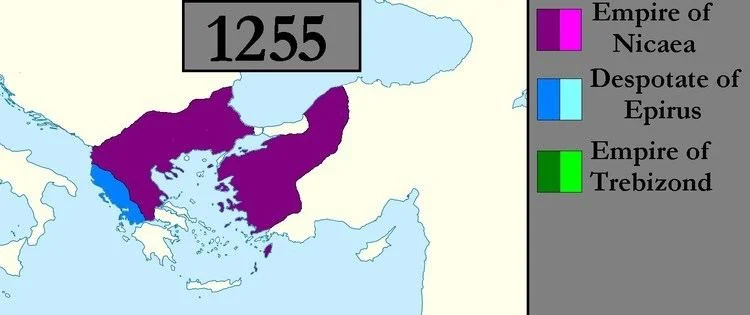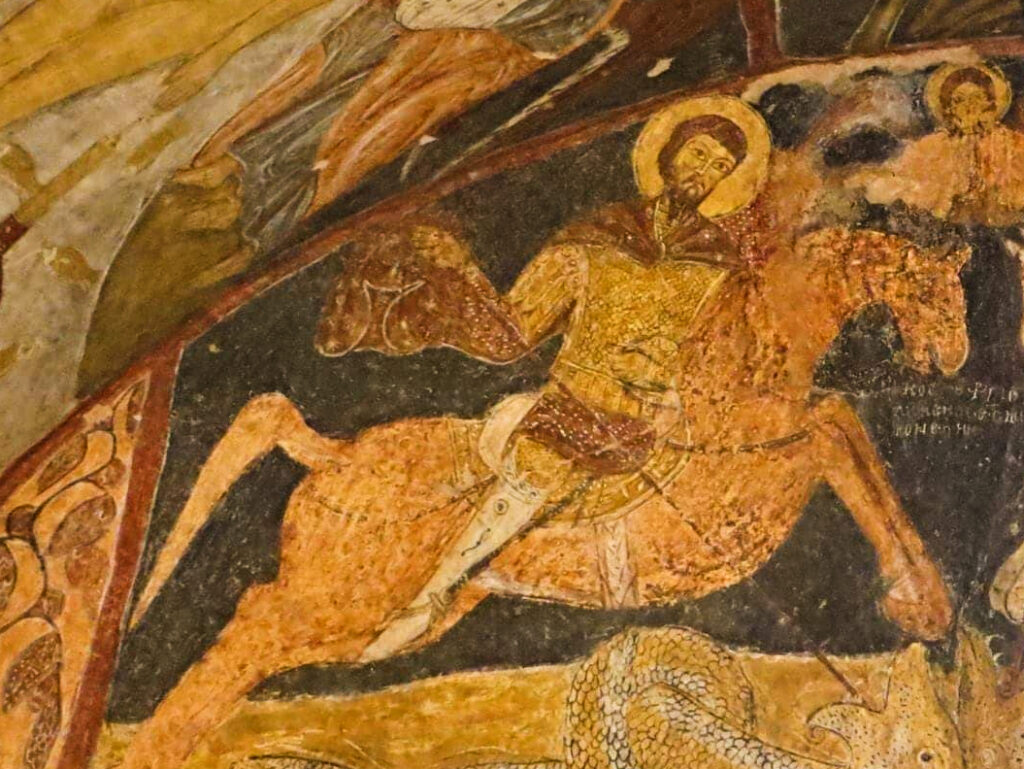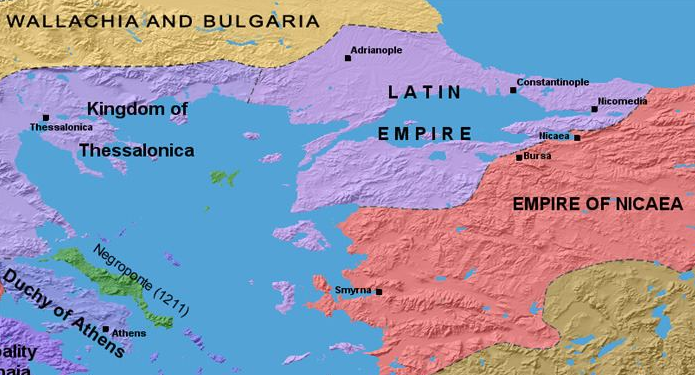By Dimitris Topalis,
After the Crusaders conquered the city of Constantinople in the year 1204, the spirit that the Byzantine Empire had was crashed. The feeling among the general population was not great. The people had a sense of question and they feared what will happen in the future. They mostly feared that they would go into a phase of political anarchy, plus an individual distraction. It was not a secret that the previous glories of the Byzantine Empire were gone and that their best days were behind them. The Byzantine Empire had slowly fallen into a stable state, even before the Crusaders invaded the city of Constantinople, during the course of the Fourth Crusade.
The result of the Fourth Crusade was the destruction of the Byzantine Empire and the split of the lands of the Empire. Some of the lands of the Byzantine Empire went into the hands of the big European feudal states and some of them were taken by the Greek states. One of the most important Greek states that played a big part in the shaping of the world’s history was the Empire of Nicaea (1204-1261).
The new states in the land of the Byzantine Empire
As was mentioned above, after the Crusaders invaded Constantinople, the Byzantine Empire was split into some Latin and some Greek states. The Franks founded the Latin Empire of Constantinople, the Kingdom of Thessalonica, the Principality of Achaea in Peloponnese, and the Duchy of Athens and Thebes. Along with the creation of the Latin states, three major independent Greek states were founded: the Empire of Nicaea, the Empire of Trebizond in Asia Minor, and the Despotate of Epirus in Northern Greece.

In the Latin states, Baldwin I became the emperor of the Latin kingdom of Constantinople and had the most part over Thrace, Boniface I (mostly known as Boniface of Montferrat) became the king of Thessalonica and had power that reached most of Macedonia. Meanwhile, in the state of Peloponnese, there were two princes: William I of Champlitte and Geoffrey of Villehardouin. In the Greek states, in the Empire of Nicaea, Theodore I Laskaris became its emperor; in the Empire of Trabzon, Alexios I Komnenos was crowned as its emperor, while Michael I Komnenos Doukas became the Duke of the Despotate of Epirus. In all its duration, the 13th century was filled with continuous fights and conflicts between states, in different ways.
The Greek states struggled against the Franks, the Turks, and Bulgaria on many occasions. The Franks, on the other hand, had a major problem with Bulgaria and they created truces and alignments that were easily broken, meaning that they were not to be trusted. Our focus is going to be on the Empire of Nicaea, which might be the most important state at that time. The Empire of Nicaea played a major part in the reforming of the Byzantine Empire.
The founding of the Empire of Nicaea
The idea of the founding of the Nicene Empire was based on the unification of the lands and the return of the Byzantine Empire. The first emperor of Nicaea was, as previously mentioned, Theodore I Laskaris, who was around 30 years old and was related to the house of Angeloi, because he had married the daughter of the former emperor of the Empire of Trebizond, Alexios III Angelos, Anna Komnene Angelina. He also had connections to the house of Komnenoi, because of Alexios III.

Under the rule of Alexios III, Theodore was commander of the military and had met the Crusaders many times in the field of combat. There was talk of him becoming the successor as the emperor of the Byzantine Empire, but those plans were cut short because the Crusaders took over Constantinople. The personality of the first emperor of Nicaea was exceptional. He was good at strategizing and had great external and internal political ideas. Theodore I Laskaris was also a ferocious fighter, as he had participated in many battles against the Crusaders, fighting with excitement.
The first battles of the Nicaean Empire against the Seljuk Turks
The forming of the Empire of Nicaea under Theodore I Laskaris was not seen with pleasure by the Turkish Sultan. The war of Theodore with the Seljuk Sultan, who had the most part of Asia Minor, had great importance in the history of the Empire of Nicaea. In the fight between Theodore and the Sultan, Theodore and his troops showed great heroism and ferocity, inflicting significant damage on the enemy. That almost cost the Byzantines winning against the Seljuk, because most of the 800 troops Theodore had died, but Theodore managed to regain control of the fight. It is said the Sultan may have died by Theodore’s hand.
References
- A. A. Vasiliev, History of the Byzantine Empire, 324-1453, vol. 2, published by the University of Wisconsin, 1964




